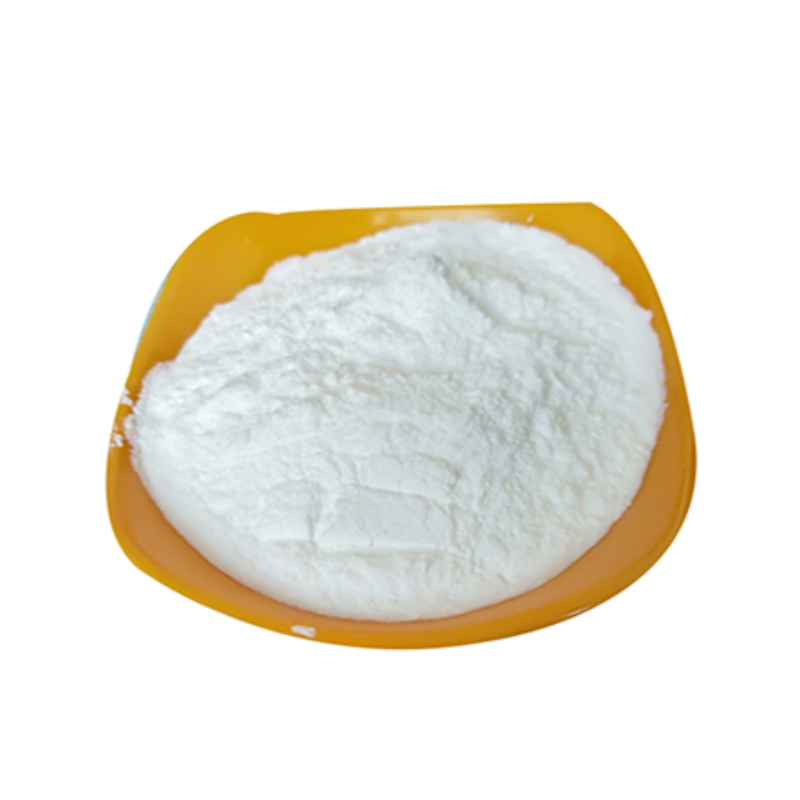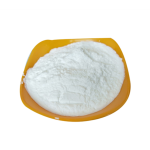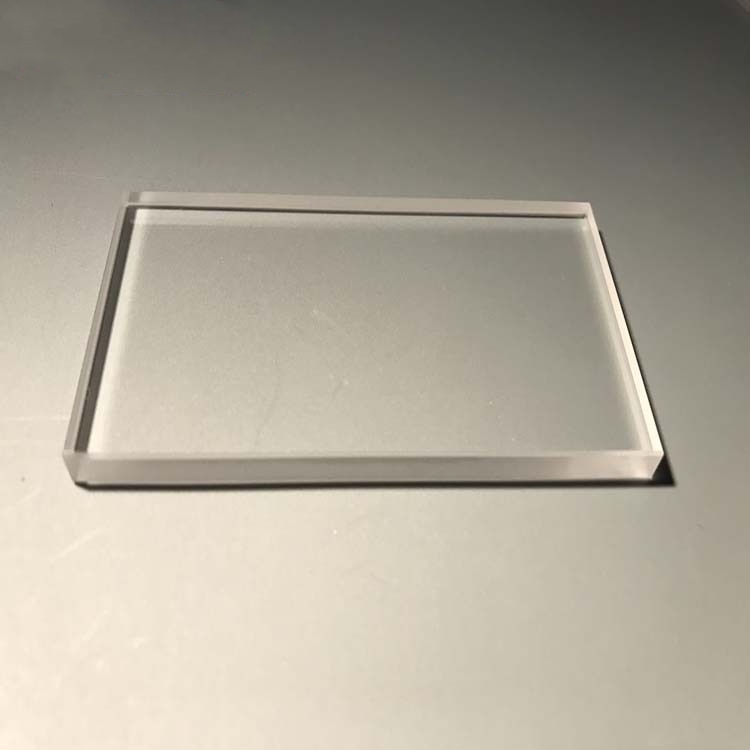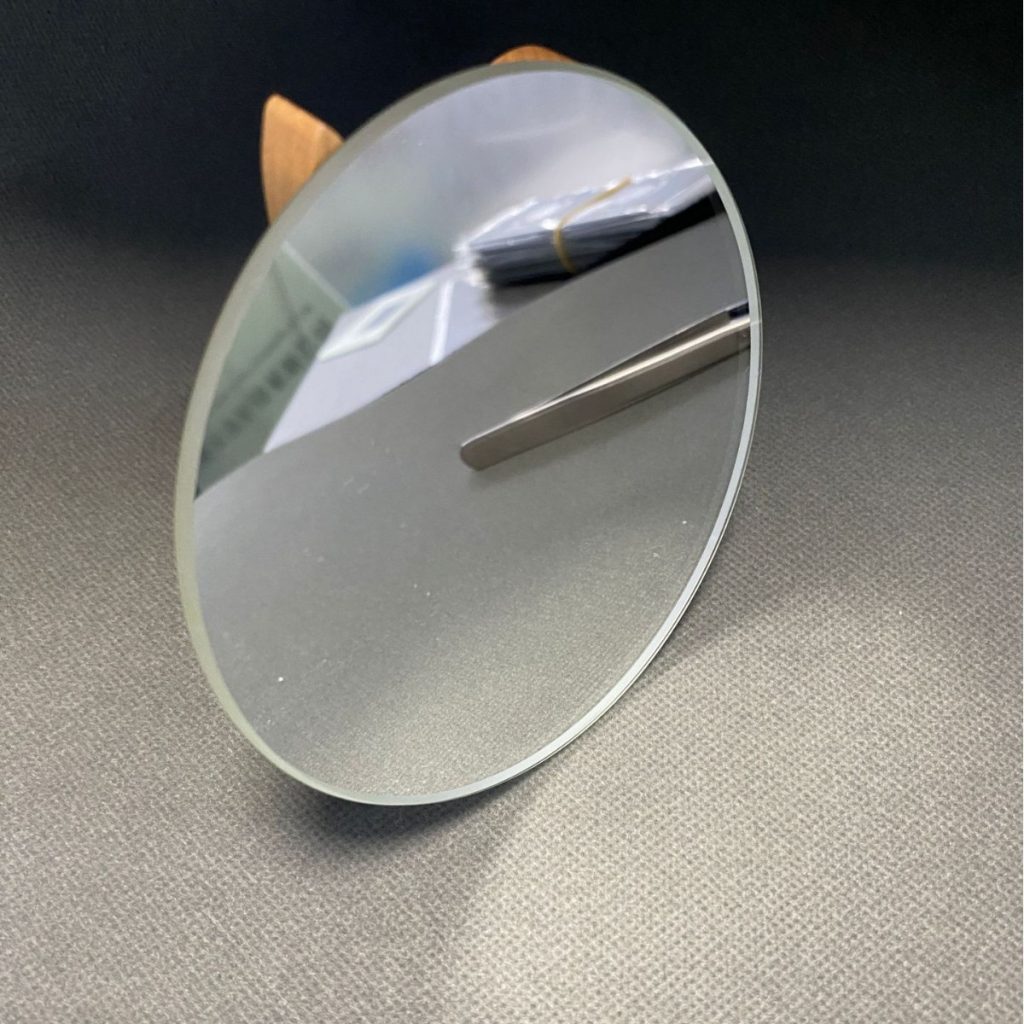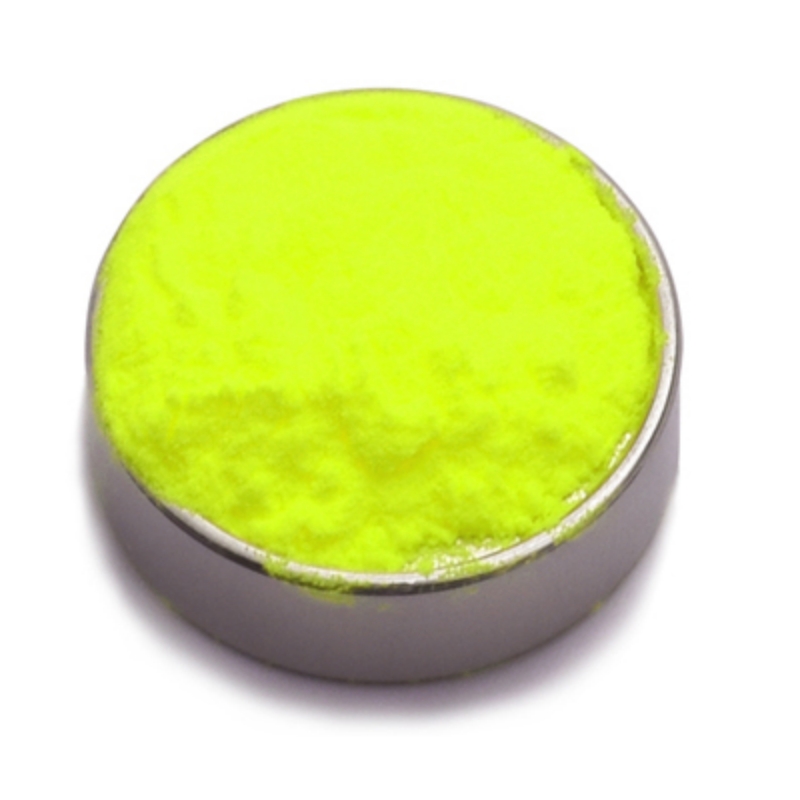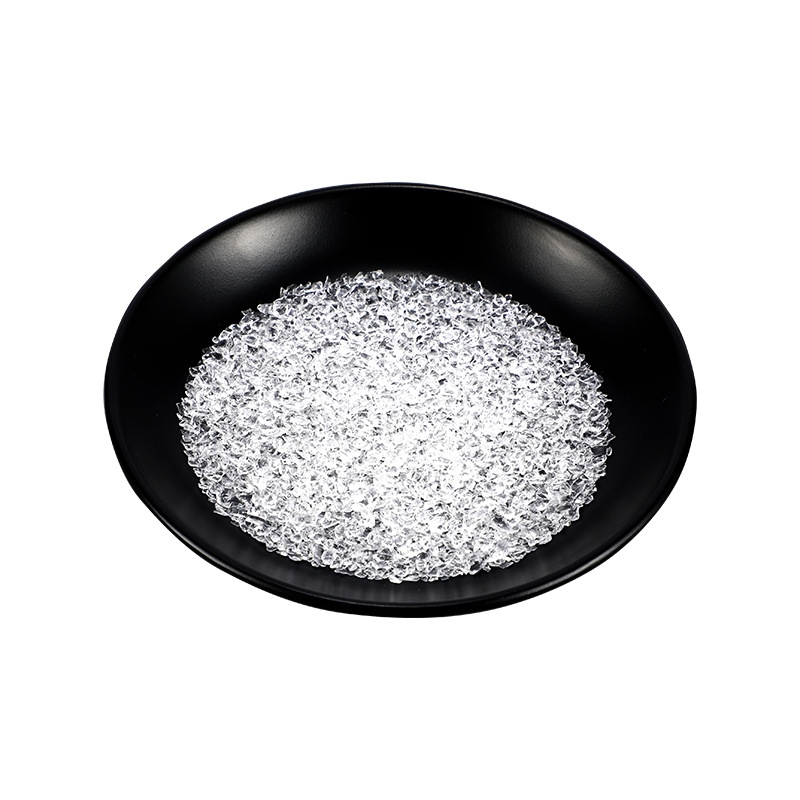Zirconium oxide ceramic powder (ZrO₂ ceramic powder) offers superior mechanical strength, optimized thermal stability, and excellent chemical resistance. Designed for high-performance ceramic applications, it ensures precise material formulation, extended durability, and reliable structural integrity.
Product Overview:
Zirconium oxide (ZrO₂) ceramic powder is a major oxide of zirconium, typically appearing as a white crystalline substance. It has a high melting point, high electrical resistivity, and high refractive index. The powder features a low coefficient of thermal expansion and is widely used in high-temperature materials, ceramic insulators, and ceramic shielding agents. It is also a common raw material in synthetic diamond production. While zirconium oxide has some solubility in common acidic solutions, it is virtually insoluble in water and can be irritating.
Product Features:
- High Melting Point:Provides excellent resistance to high temperatures.
- High Electrical Resistivity:Ideal for use in electrical insulation materials.
- High Refractive Index:Suitable for high-performance ceramic shielding materials.
- Low Coefficient of Thermal Expansion:Remains stable under high-temperature conditions.
- Excellent Chemical Stability:Strong corrosion resistance to various acidic solutions.
Applications:
- High-Temperature Materials:Used in refractory materials for high-temperature equipment and the metallurgical industry.
- Ceramic Insulation Materials:Widely used in electronic and electrical equipment for insulation parts.
- Ceramic Shielding Agents:Applied in the ceramic industry, especially for high-performance shielding materials.
- Synthetic Diamond Production:Zirconium oxide is an important raw material in the production of synthetic diamonds.
- Aerospace:Used to manufacture components that can maintain structural stability under high-temperature conditions.
| Property | Unit | ZTA | YIZ |
| Bulk Density | g/cm³ | 3.8-4.6 | 6 |
| Hardness | MPa ≥ | 86-88 | 88-90 |
| Flexural Strength | HRA ≥ | 172-450 | 900 |
| Max Operating Temp | °C | 1400-1500 | 1500 |
| Thermal Expansion | ×10⁻⁶/℃ | - | - |
| Dielectric Constant | tr (20℃, 1 MHz) | - | - |
| Dielectric Loss | tanδ ×10⁻⁴ (1 MHz) | - | - |
| Volume Resistivity | cm (20℃) | 10¹³ | 10¹⁴ |
| Breakdown Strength | KV/mm, DC ≥ | - | - |
| Acid Resistance | mg/cm² ≤ | - | - |
| Alkali Resistance | mg/cm² ≤ | - | - |
| Wear Resistance | g/cm² ≤ | - | - |
| Compressive Strength | MPa ≥ | 2300-2900 | 2500 |
| Flexural Strength | MPa ≥ | - | - |
| Elastic Modulus | GPa | - | - |
| Poisson's Ratio | (Lateral Strain Coefficient) | - | - |
| Thermal Conductivity | W/m·K (20℃) | 13-27 | 22 |
 new material
new material

